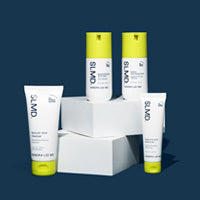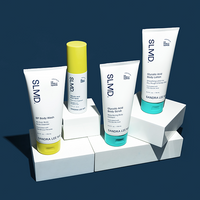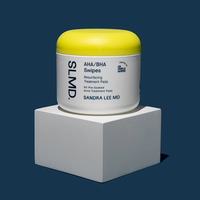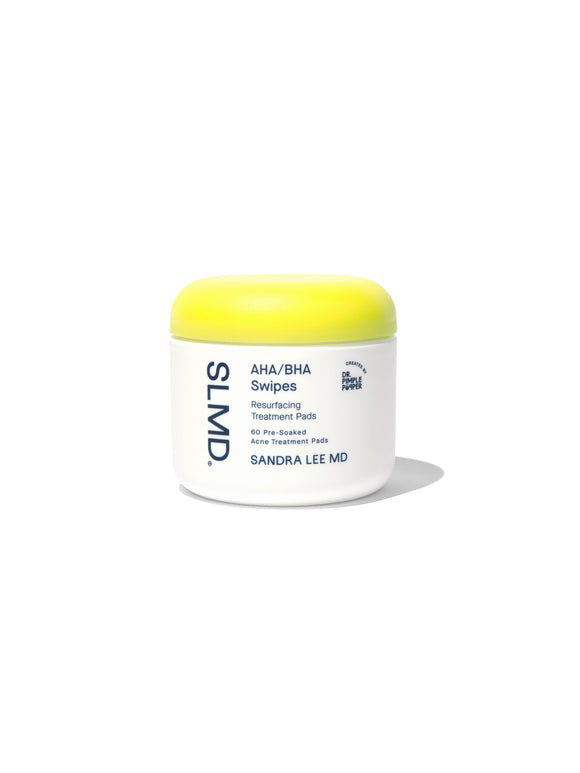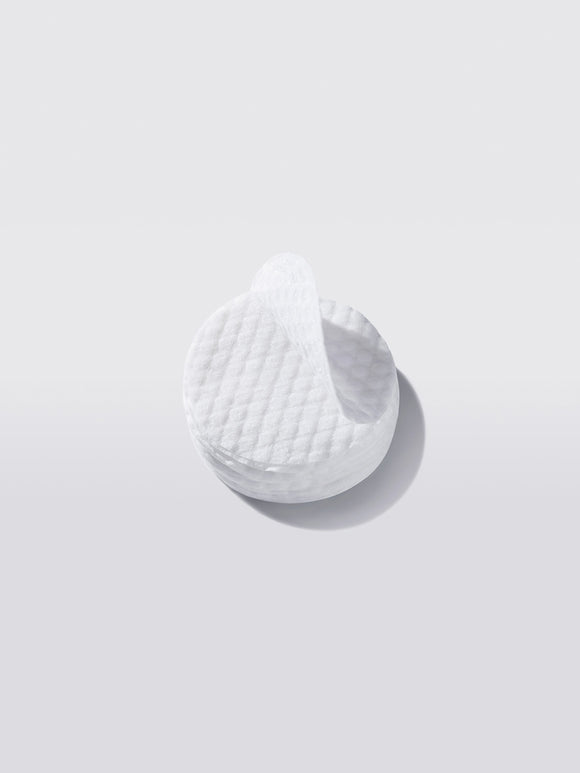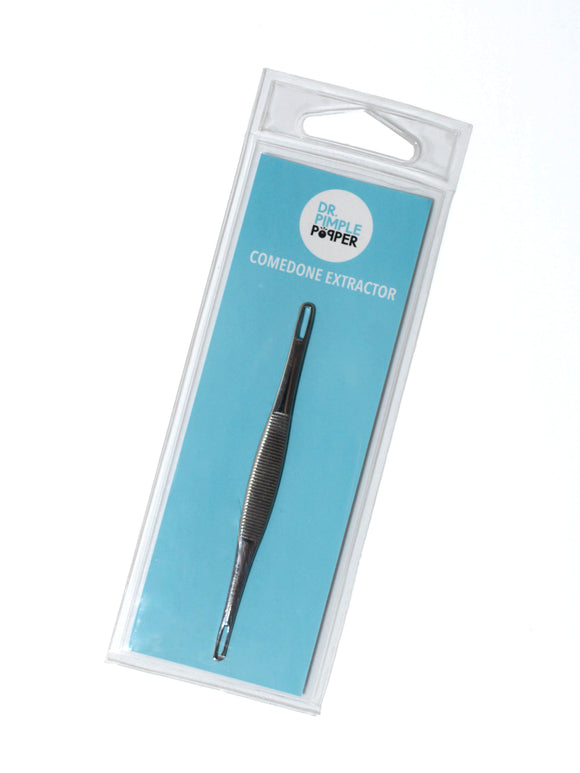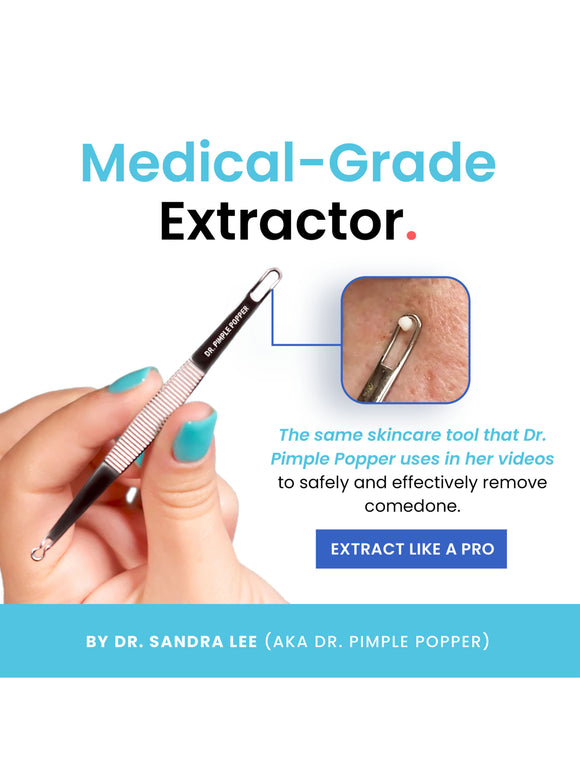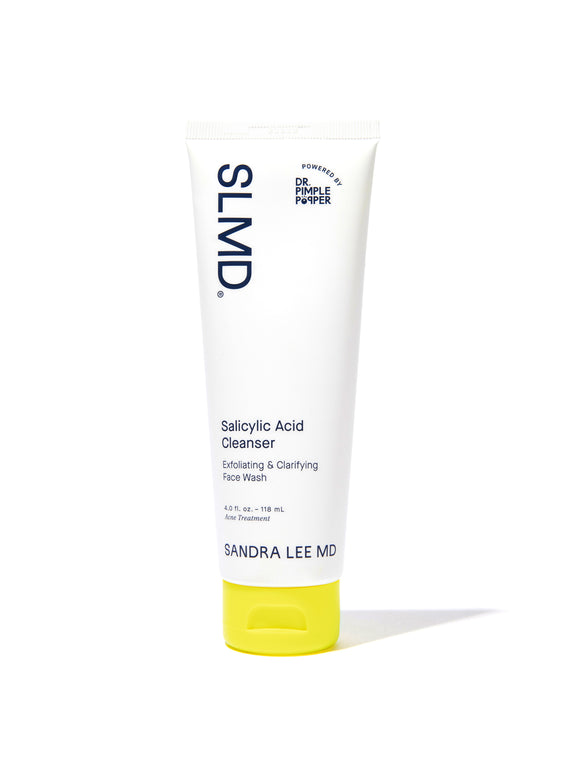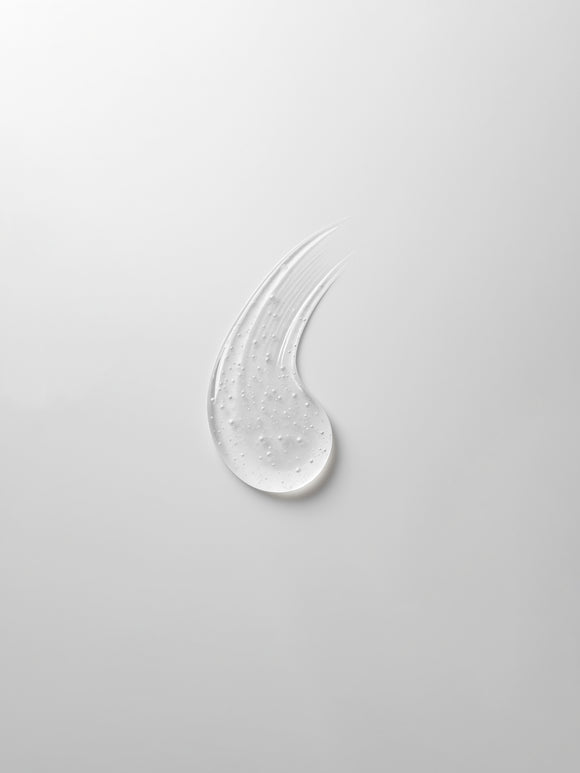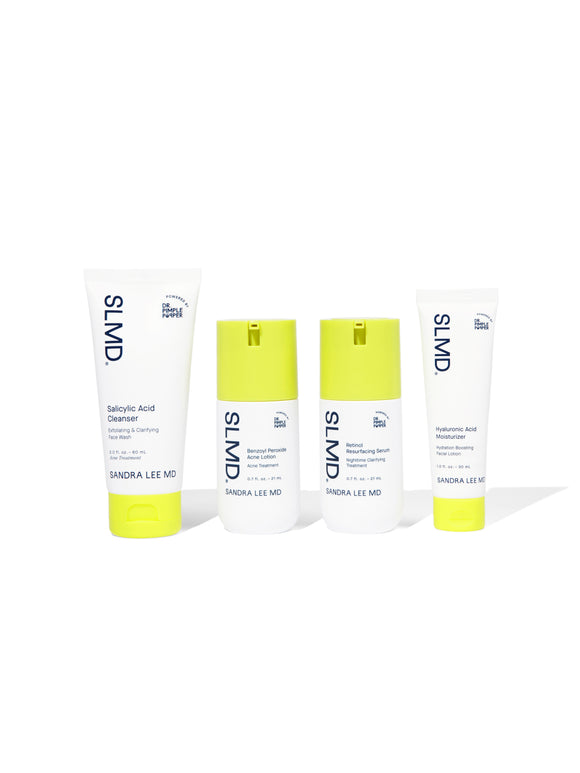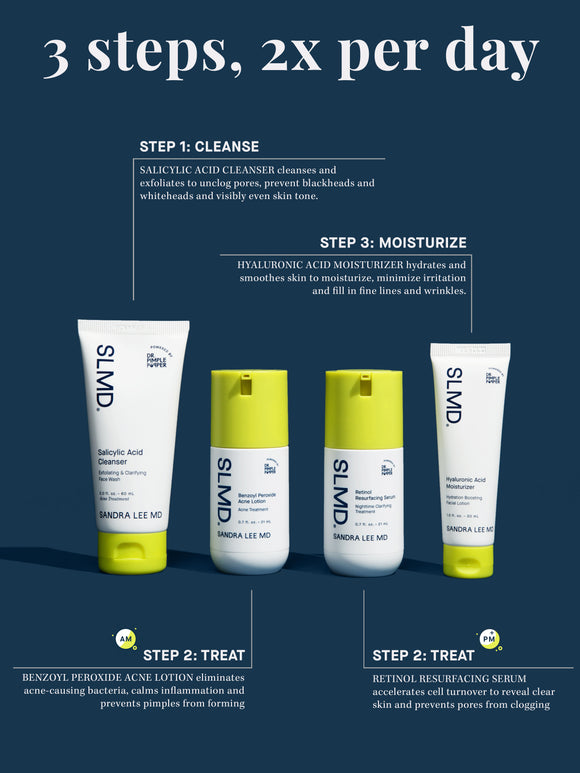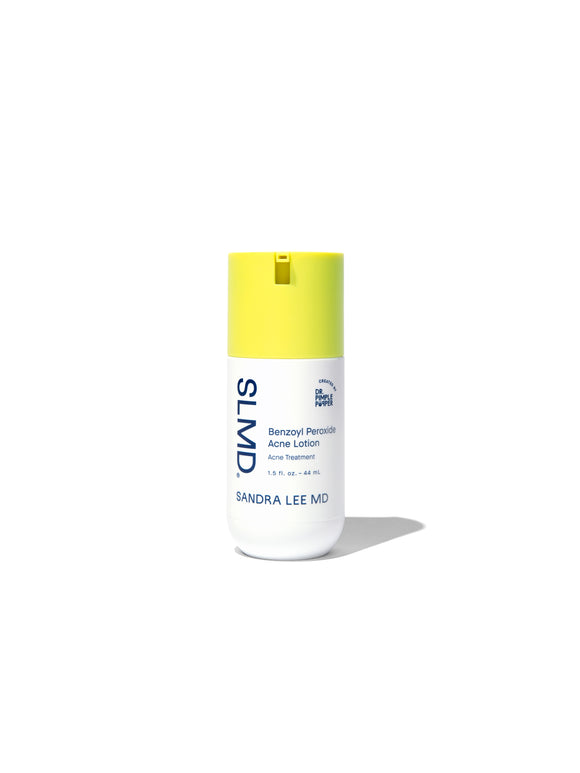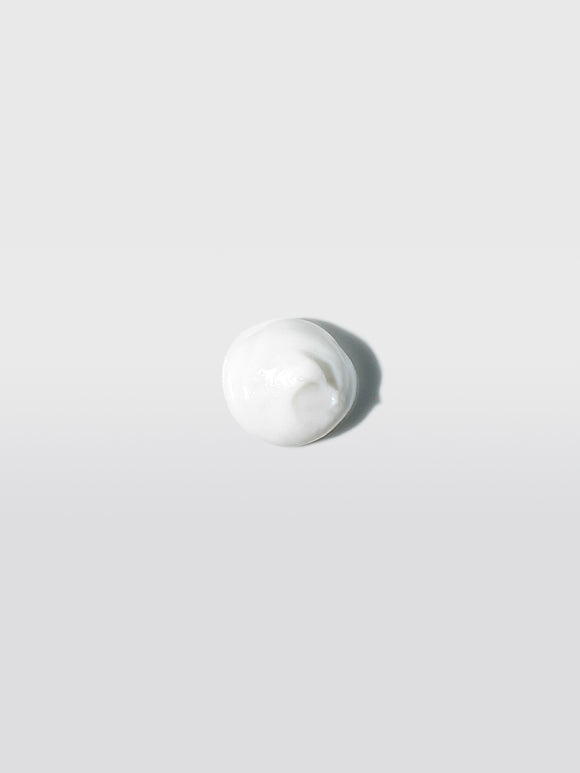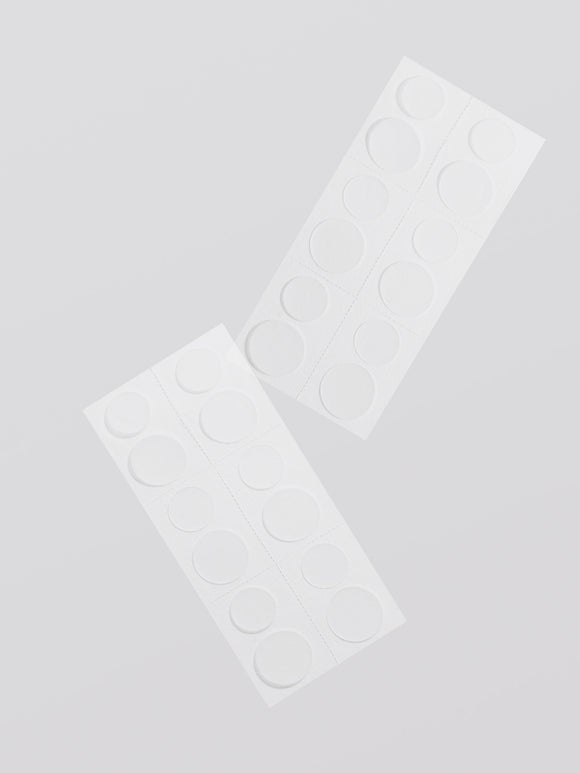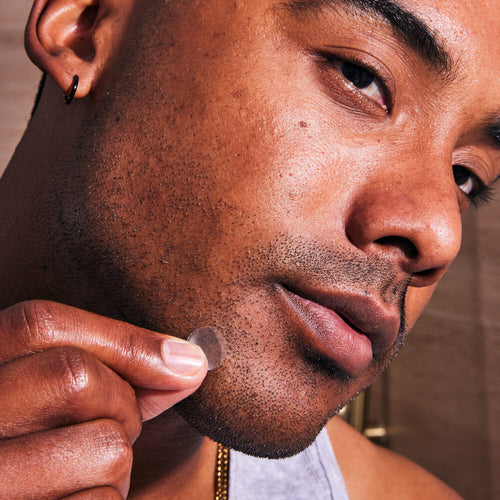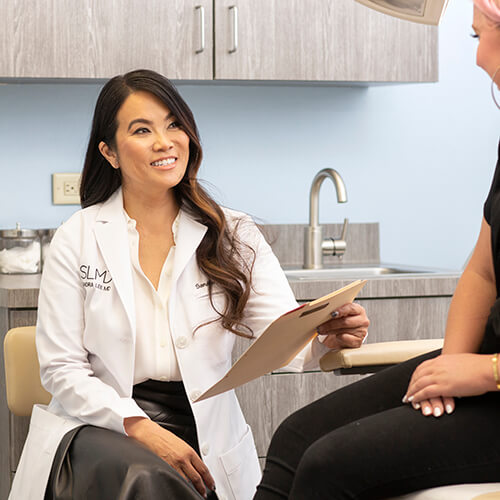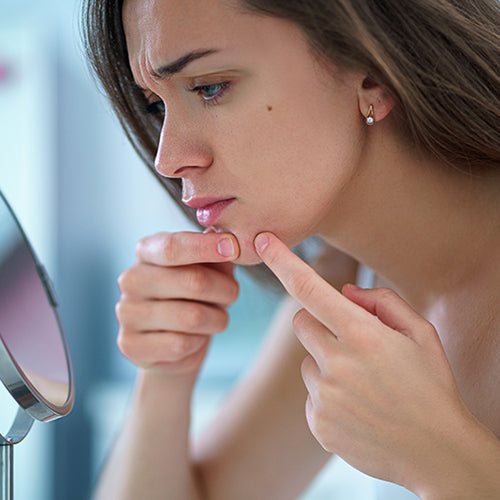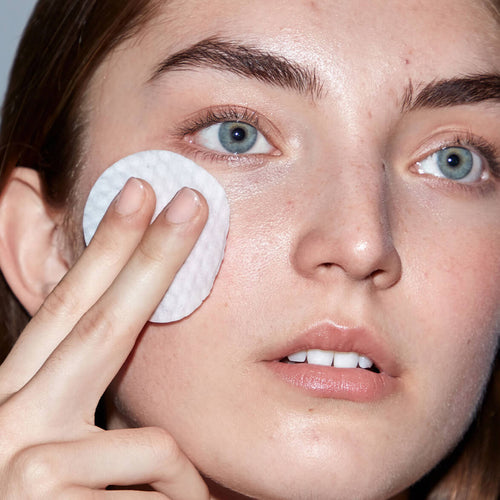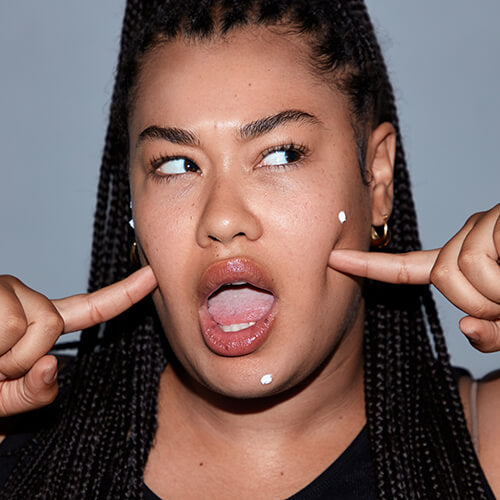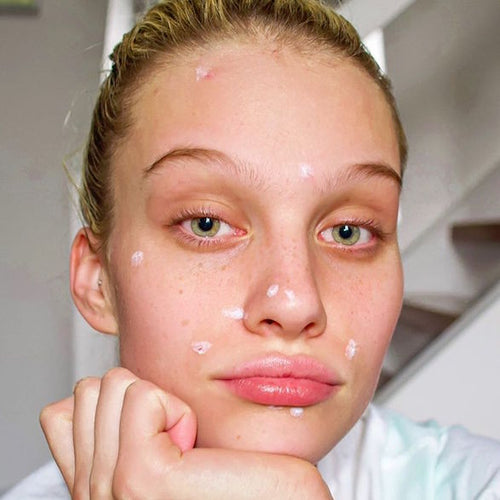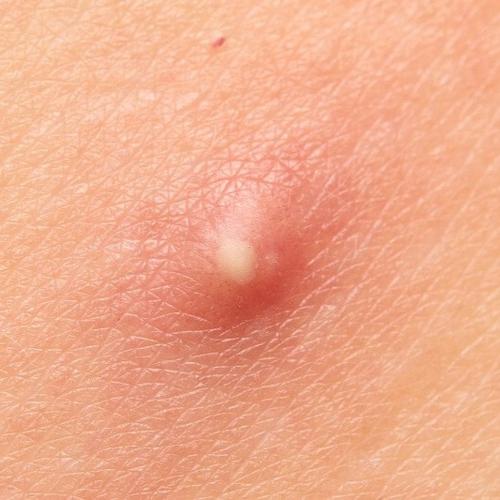
The Life Cycle of a Pimple
Dr. Pimple Popper explains what's going on as your pimple grows — and how to treat it every step of the way.
Published:
3 minute read
We say it all the time, but it’s technically not true: pimples don’t just “pop up.” By the time we notice a spot in the mirror — or feel a nodule coming on — that blemish has been brewing for a bit.
Every pimple goes through phases: but why are those stages important? Because when you’re trying to treat acne, understanding what’s happening to your skin is the first step toward a clearer complexion.
Here, acne expert and SLMD Skincare founder Sandra Lee, MD (aka Dr. Pimple Popper) explains everything you need to know about the three stages of a pimple.
Article Quick Links
How acne forms
News flash: your skin contains countless pores — but do you know what that actually means? Pores are tiny openings in the skin’s surface that contain a hair follicle and a sebaceous (oil) gland.
When skin is functioning optimally, pores release sebum to moisturize the skin. But if there’s a buildup of dirt, oil, and dead skin cells, it can become trapped inside the pore, leading to acne. According to Dr. Lee, factors like hormones, genetics, and your lifestyle all contribute to your chances of developing acne.

The early stages of a pimple
Before you can even see what’s happening, microscopic amounts of oil and debris can become trapped inside your pores. The result are microcomedones — undetectable to the naked eye — but essentially, baby blemishes.
The buildup of sebum and dead cells essentially forms a plug that blocks the pore opening, leading to even more buildup. At this point, the clog becomes a full-fledged comedo (or plural, comedones):
- Blackheads: comedones that are open to the air, which causes oxidation and the characteristic dark color.
- Whiteheads: comedones that are covered by a thin layer of skin and remain light in color.
Dr. Pimple Popper's Stage 1 Picks
The best way to treat a new pimple
Dr. Lee’s best advice for treating pimples? Prevent them from popping up in the first place. Regularly using exfoliating ingredients like salicylic acid, glycolic acid, and retinol will prevent the buildup of dirt, oil and dead cells that can clog pores.

The middle stages of a pimple
When a clogged pore (aka comedo) becomes infected and inflamed due to bacteria found naturally on your skin, it creates red bulges that may be painful. This is why it's called inflammatory acne. Thankfully, not every pimple makes it to this second stage — but when it does, there are several forms it may take:
- Papules: red, inflamed bumps
- Pustules: red, inflamed bumps with a white, pus-filled center
- Nodules: deep, hard bumps beneath the skin
- Cysts: deep, pus-filled bumps beneath the skin
Dr. Pimple Popper's Stage 2 Picks
The best treatment for inflamed pimples
It’s time to bring out the big guns: Dr. Lee suggests using powerful, targeted acne fighters to treat inflammatory acne. In addition to salicylic acid and retinol, she recommends using benzoyl peroxide to kill acne-causing bacteria.
If you’re noticing breakouts on a monthly basis, you may be dealing with hormonal acne, which is triggered by fluctuations during your cycle. Regardless of the cause, keeping inflammatory acne in check requires a full regimen, says Dr. Lee, one that treats acne at every stage.

The final stages of a pimple
While it can seem like forever, most pimples start to heal and shrink within a week. Sometimes, healing pimples cause skin issues like itching, peeling or flaking — all natural symptoms of the surrounding skin repairing itself.
Oftentimes, a healing pimple will poke its way to the surface of your skin, tempting you to pick it — but don’t. Popping pimples that contain bacteria and pus can contaminate the surrounding skin, making a bunch of baby blemishes (yikes).
Dr. Pimple Popper's Stage 3 Picks
How to help a pimple heal
It’s worth saying again: don’t squeeze/pop/pick those pimples: you could push the infection down deeper, create more acne, or cause permanent scarring. Dr. Lee tells patients to keep blemishes covered with a spot treatment as a deterrent. For comedones, apply salicylic acid, and for inflammatory pimples, use benzoyl peroxide. Covering acne with a medicated patch will help heal pimples while also protecting them from any urge to pick.
Even if you leave your pimple totally alone, there’s still a good chance you’ll experience some degree of post-inflammatory hyperpigmentation (PIH) or post-inflammatory erythema (PIE): those pink, red, tan or brown spots that can linger for what feels like forever after a breakout. These marks typically aren't permanent, and using a spot treatment can help prevent them.

Dr. Lee's Last Word
It's important to manage acne from the beginning. I created my SLMD Acne System to give patients a simple, 3 step regimen that really works. Combine that with spot treatments to target pimples when they do pop up...and please, try not to stress — almost everyone gets acne now and again.
